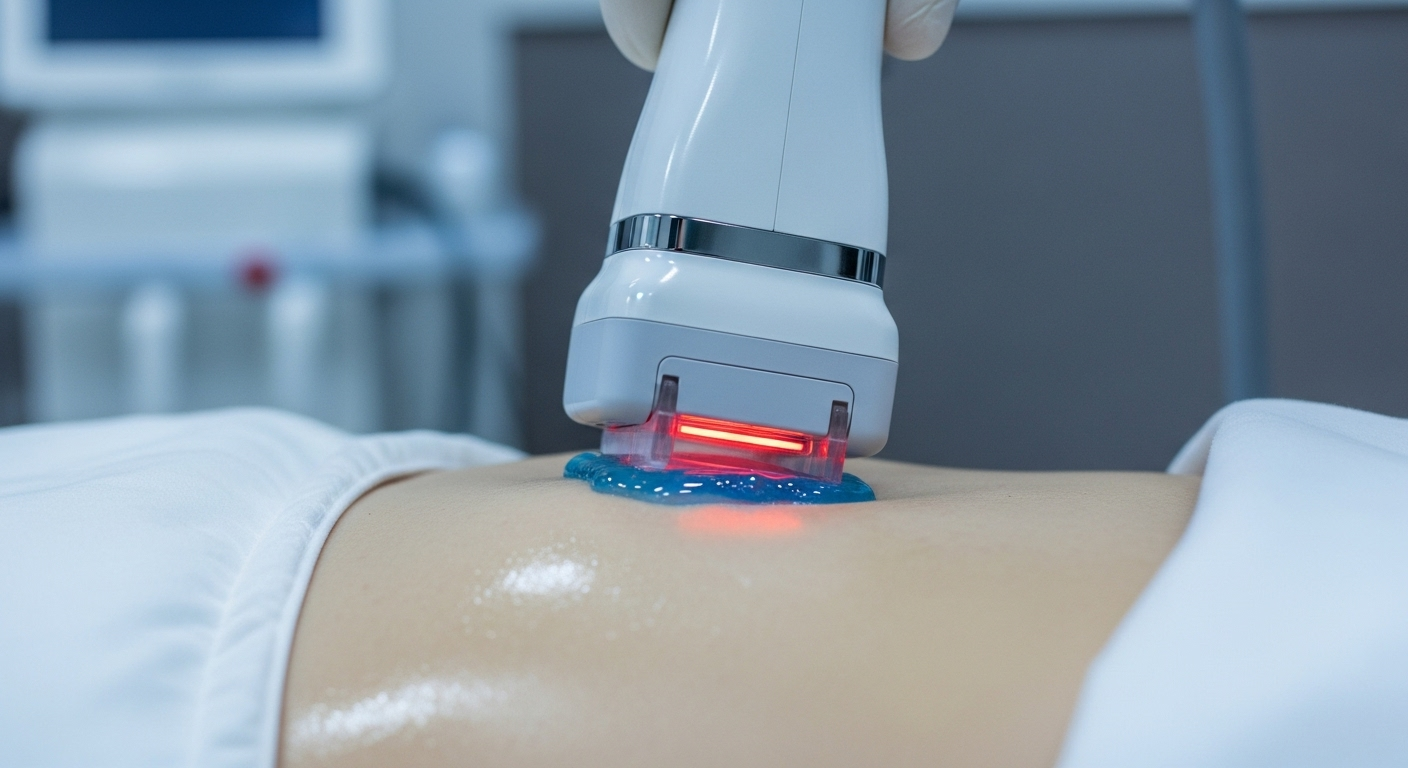A Comprehensive Guide to Fractional CO2 Laser Treatment for Skin Rejuvenation
Fractional CO2 laser treatment continues to draw attention for its role in skin rejuvenation techniques. By focusing on specific layers of the skin, this method is designed to trigger natural collagen responses while minimizing surface damage. Many explore this option to improve tone, texture, or signs of aging. Understanding how the process works—from initial consultation to post-treatment considerations—helps set realistic expectations and offers perspective on the variables that can influence outcomes. Insights into treatment areas, estimated recovery timelines, and cost breakdowns also help people evaluate options based on individual needs and goals.

How Does Fractional CO2 Laser Technology Work?
Fractional CO2 laser technology operates by delivering precise beams of carbon dioxide laser energy to specific areas of the skin. The laser creates tiny microscopic wounds, called microthermal zones, which penetrate deep into the dermis while preserving surrounding healthy tissue. This fractional approach triggers the body’s natural healing response, stimulating collagen and elastin production. The controlled damage prompts cellular regeneration, resulting in smoother, firmer, and more youthful-looking skin over time.
What Conditions Can Anti-Aging Laser Therapy Address?
Anti-aging laser therapy using fractional CO2 technology effectively treats numerous skin concerns. Fine lines and wrinkles, particularly around the eyes and mouth, respond exceptionally well to treatment. Sun damage, age spots, and uneven pigmentation often show significant improvement after sessions. The treatment also excels at addressing skin texture irregularities, enlarged pores, and mild to moderate skin laxity. Many patients seek this treatment for overall skin rejuvenation, appreciating its ability to create a more radiant and youthful complexion.
Is Laser Acne Scar Removal Effective with CO2 Treatment?
Laser acne scar removal represents one of the most successful applications of fractional CO2 technology. The treatment particularly excels at improving atrophic scars, including ice pick, boxcar, and rolling scars. By creating controlled injury to scar tissue, the laser stimulates remodeling of collagen fibers, gradually filling in depressed areas and smoothing skin texture. Multiple sessions typically yield the best results, with many patients experiencing 50-80% improvement in scar appearance. The treatment’s precision allows for targeted therapy on specific problem areas while minimizing impact on surrounding healthy skin.
What Should You Expect During Recovery and Healing?
Recovery from fractional CO2 laser treatment varies depending on treatment intensity and individual healing factors. Initial healing typically involves 3-7 days of noticeable redness, swelling, and skin peeling. During this period, treated skin may feel tight and appear bronze-colored before peeling reveals fresh skin underneath. Complete healing usually occurs within 7-14 days, though deeper treatments may require longer recovery periods. Following post-treatment care instructions, including gentle cleansing, moisturizing, and sun protection, significantly impacts healing quality and final results.
How Does Non-Surgical Skin Tightening Compare to Other Options?
Non-surgical skin tightening through fractional CO2 laser offers compelling advantages over traditional surgical procedures. Unlike facelifts or other invasive options, laser treatments require no incisions, general anesthesia, or extended downtime. Results develop gradually over several months as collagen production increases, creating natural-looking improvements. In the United States, this treatment has gained popularity among professionals who cannot afford extended recovery periods but still desire significant skin improvements. The treatment’s versatility allows for customized approaches, from light resurfacing with minimal downtime to more aggressive treatments for dramatic results.
What Are the Costs and Provider Options for Treatment?
Fractional CO2 laser treatment costs vary significantly based on geographic location, provider expertise, and treatment scope. Understanding pricing structures helps patients budget appropriately for their skin rejuvenation journey. Sessions typically range from moderate to premium pricing, reflecting the advanced technology and specialized training required.
| Provider Type | Average Cost Per Session | Treatment Areas | Key Features |
|---|---|---|---|
| Dermatology Clinics | $1,500-$3,000 | Full face treatments | Medical supervision, comprehensive care |
| Medical Spas | $1,200-$2,500 | Targeted area treatments | Luxury experience, package deals |
| Plastic Surgery Centers | $1,800-$3,500 | Full face and body | Surgical expertise, advanced equipment |
Prices, rates, or cost estimates mentioned in this article are based on the latest available information but may change over time. Independent research is advised before making financial decisions.
Most providers offer consultation services to assess individual needs and provide personalized pricing. Package deals for multiple sessions often provide cost savings, as most patients require 1-3 treatments for optimal results. Geographic location significantly influences pricing, with metropolitan areas typically commanding higher fees than smaller cities.
Conclusion
Fractional CO2 laser treatment offers a sophisticated approach to skin rejuvenation, combining effectiveness with relatively manageable recovery periods. The technology’s ability to address multiple skin concerns simultaneously makes it an attractive option for those seeking comprehensive improvement. Success depends largely on realistic expectations, proper candidate selection, and adherence to post-treatment care protocols. Consulting with qualified providers ensures personalized treatment plans that align with individual goals and skin conditions, maximizing the potential for satisfying long-term results.
This article is for informational purposes only and should not be considered medical advice. Please consult a qualified healthcare professional for personalized guidance and treatment.




